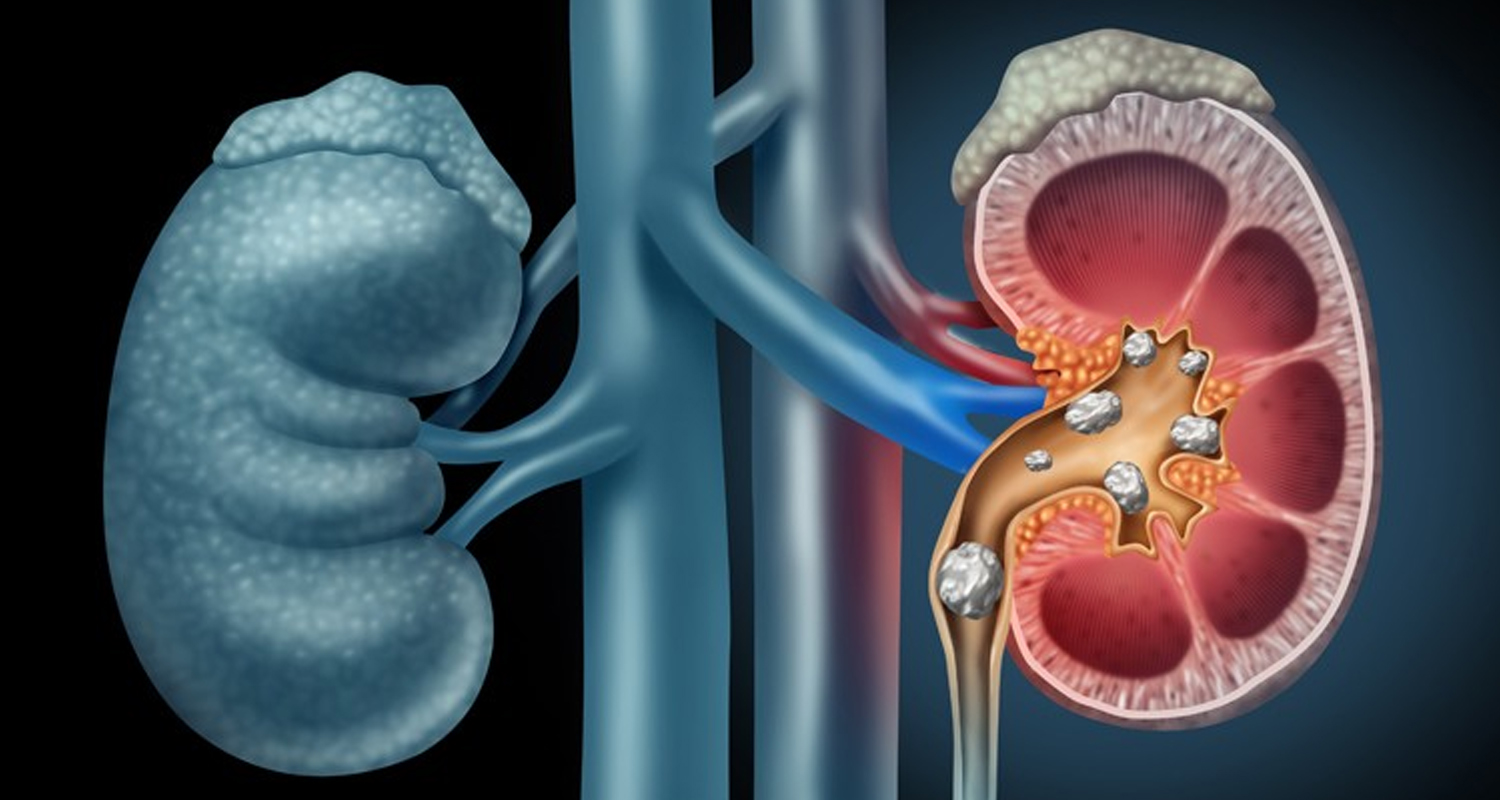
Stone Clinic
Depending upon the size & location of the stone in the urinary system the treatment technique may vary
PCNL (Percutaneous Nephrolithotomy) for kidney stone.
This is minimally invasive method of removing kidney stones that are too large (more than 2 centimeters), too numerous, or too dense to be treated by extracorporeal shock wave lithotripsy (ESWL) or Ureteroscopy.
URS (Ureteroscopy) for stone in Ureter.
It is a form of minimally invasive surgery to remove a stone from the ureter, using a small telescope that is passed through the urethra and into the ureter. Often the stone requires fragmentation with a laser which then allows the smaller fragments to remove with a grasping device.
Extracorporeal shock wave lithotripsy
It is a noninvasive therapy to break up stones within the kidney and ureter. The resulting tiny fragments then pass out of the urinary system over the course of several weeks. This obviates the need for surgical incisions or invasive devices required to break up and extract these stones.
Cystolithotripsy for Urinary Bladder Stones
Cystolithotripsy aims at treating urinary bladder stones. It is a therapeutic option indicated for almost all bladder stones, with the exception of the very large ones. A camera is inserted through the urethra to localize the stones. An instrument attached to the camera, the lithotripter, is used to crush stones into small pieces and remove them.
All above treatments are minimally invasive which require either "No Incisions" or small incisions and shorter hospital stay.
Retrograde Intrarenal Surgery (RIRS)
RIRS is retrograde intrarenal surgery in which with the help of flexible ureteroscope and laser machine stones from the kidney and upper ureter can be fragmented and removed. Its minimally invasive method to treat kidney stones without any cuts or stitches and patient can go home on very next day.

